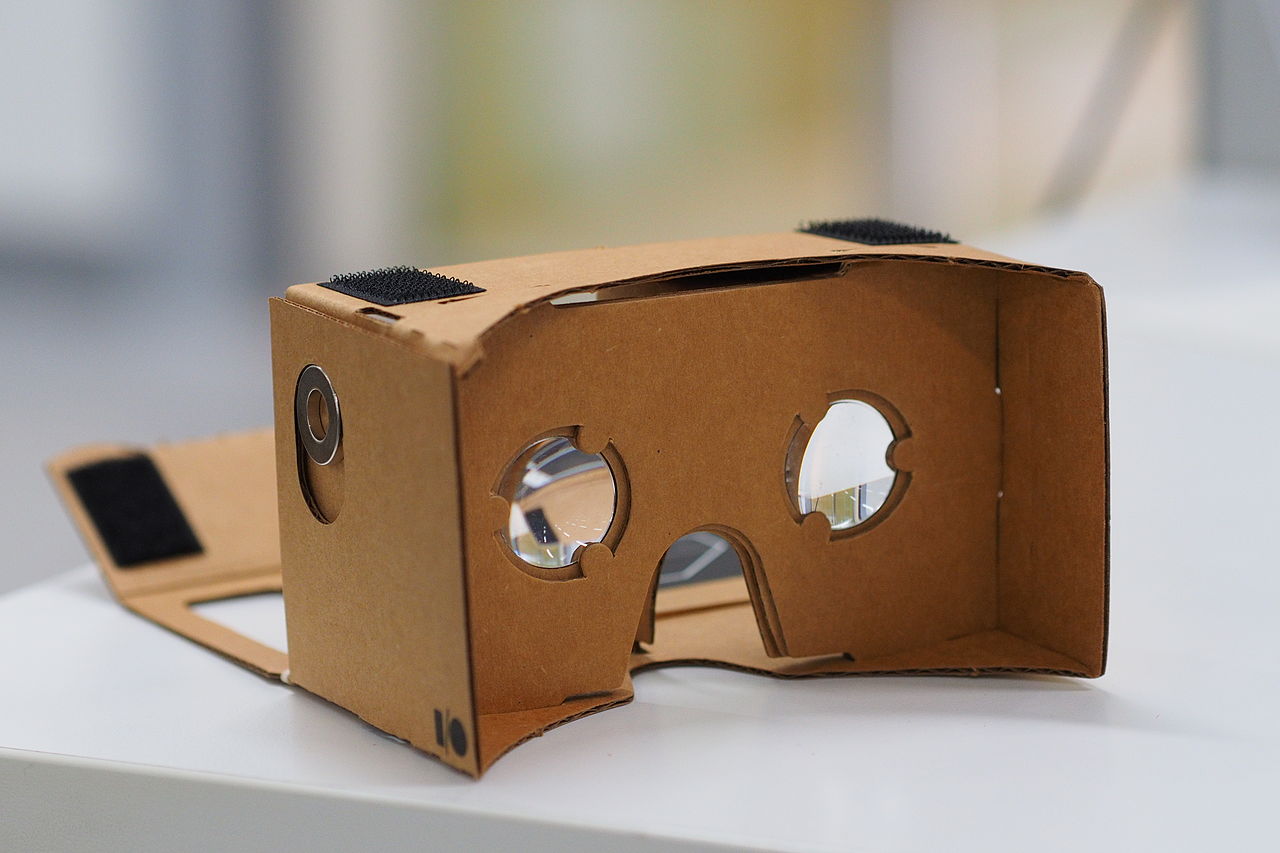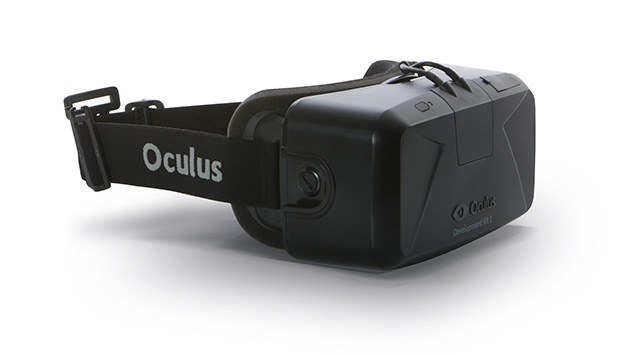Google Cardboard

We tested Google Cardboard to learn about how it renders virtual reality (VR). When we say VR in this case, we define it as the means to view a digital 3-D image and navigate it via the interface of a responsive headset device. The higher its image quality and the more immediately responsive it is to, let's say, the turning of a head, the better the VR device's overall quality.
With the utilization of an Android smartphone, which we assume you have access to, Google Cardboard allows you to explore simulated environments and solve their world-altering puzzles.
Google Cardboard was also tested in order to compare its VR capabilities to those of the high quality Oculus Rift (OR) device. Cardboard is much more affordable than the OR, and with the right Android in the right setting, Cardboard can also manage to create stunning vistas.
Oculus Rift

The Oculus Rift is an amazing peice of growing technology. LATIS research center has allowed us to test and use their very own OR. It's a very expensive peice of equipment. We tested the OR for the value it has in changing perspective of the user and how that change could impact storytelling.
Right now, the OR is being developed and used in the video game industry, in which good story telling is a must. What we found in our research is that when you use a high level virtual reality device like the OR, it really tricks your mind into thinking you are really in this virtual world. Whether you're flying through the air or in the middle of a dark room in this virtual world, it creates a very believable experience.
The biggest difference between the Oculus Rift and Google Cardboard is price and accessiblity. Google Cardboard being about 15 dollars while the Oculus Rift is close to 600 dollars (as of 4/12/2016). Cardboard obviously being the lowest end of the virtual reality experience while the Oculus Rift being one of the higher end technologies for virtual reality.